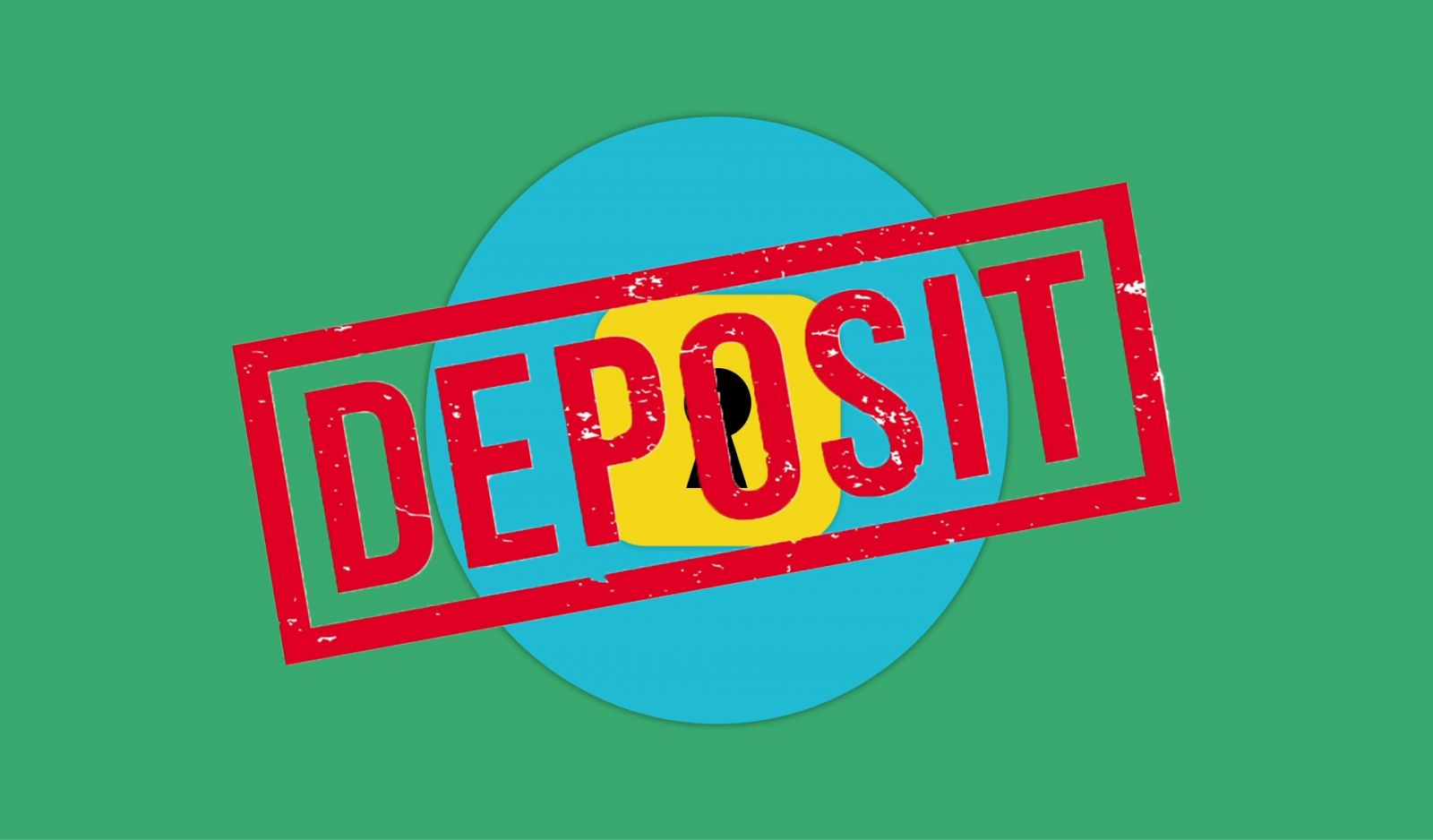Bridging Loans UK: What Are They & How Do They Work?
How does a bridge loan work in the UK? A guide
If you're looking for a short-term financing option to bridge the gap between buying a new property and selling an existing one, a bridge loan might be the solution for you.
As the name suggests, a bridge loan acts as a temporary bridge to cover the funding shortfall until a more permanent source of finance can be arranged. They are a helpful short-term financial solution for people who need a loan quickly and plan to repay within a short amount of time.
In the UK, bridge loan financing is becoming an increasingly popular choice for property investors, developers, and homeowners who need quick access to funds for a variety of reasons.
In this guide to bridging loans, we'll take a closer look at what bridge loans are, how they work in the UK, and their advantages and disadvantages, so you can decide whether a bridge loan is the right financial solution for you.

What is a bridge loan?
A bridge loan, also known as a bridging loan, is a short-term financing option that provides funds to bridge the gap between buying a new property and selling an existing one.
It is typically used to cover the down payment or deposit on the new property while waiting for the sale of the existing property to be completed.
Bridge loans are usually secured against the borrower's existing property or the property being purchased. They are designed to be a temporary solution and are usually repaid within 6 to 12 months, although some lenders may offer longer repayment terms.
When applying for a personal bridging loan in the UK, your lender will need evidence of your loan exit plan. This process is explained in more detail below.
Bridge Loans and loan exit plans explained
To access bridging finance, you and your financial lender must first formulate an exit plan together. This is the strategy you intend to implement to repay the loan, which could be the sale of a house or securing a new long-term mortgage plan.
The exit plan devised must be achievable as it will act as reassurance for you and your lender that the loan will be repaid on time and in full.
Your lender will check with you three months before your repayment deadline to ensure the exit plan is still in action, allowing you to make any alterations you or your lender may need to ensure it stays on track.

What can a bridge loan be used for?
The most common use for a bridging loan is managing the purchase gaps in the property market.
For example, if you buy a house at auction, you will be required to pay immediately. However, if you haven’t sold your current property yet, you could take a bridging loan out to ‘bridge the gap’. The same goes for a traditional property sale.
Another common use of this form of loan is during divorce settlements.
Can anyone get a bridge loan?
While bridge loans are designed to be a flexible financing option , not everyone is eligible to get one.
Lenders typically have certain criteria that applicants must meet in order to qualify for a bridge loan:
- The borrower (you) needs to have equity in their existing property or the property being purchased, and the lender will usually lend up to a maximum percentage of the property's value.
- The borrower needs to have a clear and credible exit strategy for repaying the loan, usually through the sale of the property or refinancing.
- The borrower needs to have a good credit score and a reliable source of income to demonstrate their ability to repay the loan.
Some lenders may also require additional collateral or a personal guarantee.
It's important to note that bridge loans are usually a more expensive financing option compared to traditional loans, so you should carefully consider the costs and risks before applying for a bridge loan.
The pros of bridge loans in the UK
Bridge loans are an effective short-term finance product that can help borrowers bridge the gap between large payments, such as the sale and purchase of a house.
Some of the main advantages that bridging loans offer include:
- Short-term financing is generally more adaptable than a regular loan. Specialist finance of this type is not always authorised and regulated by the Financial Conduct Authority; therefore, lenders can afford to adopt a more flexible approach to assessing deals.
- Bridge loans can be arranged quickly, sometimes within days. This allows you to make immediate purchases that would be impossible with a regular mortgage or loan.
- Instead of using your credit history or income, your suitability for bridge loans is determined by the property value. This gives people with difficult credit records or income issues a good chance of being accepted.
On the other hand, however, bridge loans can be expensive and carry some risks, so it's important to understand how they work and whether they are right for your situation before applying for one.
What are the cons of bridge loan?
While bridge loans can provide quick access to funds, they also come with some disadvantages that borrowers should consider before applying for one. These include:
- Bridge loans tend to have higher interest rates and fees than traditional loans, which can add up quickly over the short repayment period.
- If the borrower is unable to repay the loan on time, they may face penalty fees and the lender may take possession of the collateral. This can be especially risky if the collateral is the borrower's existing property, as they may be at risk of losing their home if they cannot repay the loan.
- Bridge loans are often used to finance property purchases, which can be a risky investment if property values decline or the property cannot be sold for the expected price.
- Bridge loans are a short-term financing option and may not be suitable for borrowers who need a longer-term solution.
Before applying for a bridge loan, we strongly advise you to carefully consider the costs, risks, and benefits of this financing option and consult with an experienced financial advisor to make an informed decision.

Why are bridge loans considered risky?
Bridge loans can be a risky financing option due to their short-term nature and high costs.
The main risk with a bridge loan is that if you are unable to repay the loan on time, you may face penalty fees and the lender may take possession of the agreed collateral. This can be especially risky if the collateral is your existing property, as this leaves you at risk of losing your home if you cannot repay the loan.
Additionally, bridge loans are often used to finance property purchases, which can be a risky investment if property values decline or the property cannot be sold for the expected price.
The short repayment period of a bridge loan can also create a sense of urgency and pressure for the borrower to sell their existing property quickly, which may lead to accepting a lower sale price than expected.
Lastly, bridge loans tend to have higher interest rates and fees than traditional loans, which can add up quickly over the short repayment period.
Therefore, it’s important to consider all aspects of a bridging loan before deciding on whether it is right for you.
Are bridging loans repaid monthly?
Bridge loans are designed to be short term. Bridging loans generally charge month-to-month interest rates. Therefore, a slight difference in interest rate can dramatically affect the overall repayment cost of a bridge loan.
However, the interest is not always charged month by month. A regulated bridging loan (a loan secured against or used to purchase a property) includes the option of ‘rolling" up your loan's interest. This means that at the end of your term of finance, you pay the bridge loan interest rates in one via the exit strategy agreement. This is an alternative to incurring monthly interest rate payments, which can be a financial burden.
This structure can be helpful to homeowners who want to use the loan entirely for the purchase of their new property. It also helps relieve the financial strain on those already keeping up payments for a residential mortgage . Be aware that if you choose this route, your total will include the interest of the loan.
If you are a non-regulated investor borrower, you can also choose this option. This can relieve the pressure on immediate cash flow throughout the project, as you avoid monthly interest rates.
.png)
What kinds of bridging loans are available?
There are a few different types of bridge loans , with varying rules in terms of repayment. Two of the most commonly used are:
- A closed bridging loan, which has a fixed repayment date when payment is expected. There will be a short time of months or even weeks to repay what you owe.
- Open bridging loans, which have no set end date and can be repaid whenever the funds become available. These usually last for about 12 months.
Unsurprisingly, an open bridging loan costs more than a closed bridging loan because they are more flexible and pose a higher risk for the lenders.
Which loan is right for me?
When choosing your bridging finance, there are a few essential factors to consider before borrowing money. These include:
- The amount of money you need
- How much your property is worth
- Whether you have a mortgage
- How long you need to repay the loan
Your individual answers to these questions will form the basis of what loan type is right for you. If you’d like some expert advice on what loan suits your situation, give The Lending Channel a call on 01738 583008.
How much can you borrow with a bridging loan?
Bridging loans tend to be between £5,000 and £10 million, so it’s crucial to figure out exactly what your requirements are in terms of the figure. If you know you can pay back your loan quickly, it makes sense to get the cheaper closed bridge loan.
Either way, it is essential to secure a safety net before taking out a bridging loan. This is to ensure repayment should something go wrong.
Your property value will affect how much you’ll be allowed to borrow and the bridging loan rates offered. Your mortgage situation is also important, as that will dictate whether you can get a first charge or second charge loan.
What is a first or second-charge loan?
When a bridging loan is taken out, a ‘charge’ is made against your existing property. This acts as the legal agreement which dictates who your repayments will go to first, should you not be able to pay them yourself.
If you have a mortgage, your bridging finance acts as a second charge loan . This means that if you default on your payments and the property is sold to clear your debts, the mortgage would be paid off first.
However, if you own your home outright, you will be taking out a first charge loan, which means that the bridge loan would take priority.
Due to their nature, you will be able to take more money out on a first charge bridging loan than a second.

Do you need a deposit for a bridge loan?
In some cases, you need to pay a deposit for a bridge loan. Whether or not you need to pay a deposit will depend on:
- The amount your borrow
- The value of the property sale
- Your lender
- The LTV (loan to value)
If your lender does require a deposit, it's likely to be between 25%-35%.
How to apply for a bridging loan UK?
As you might have guessed, acquiring a bridge loan isn’t always straightforward. There are many factors to consider, and you will be presented with numerous options. Finding the right personal loan can be intimidating and time-consuming, and it’s different for everyone depending on their situation.
It is always recommended to seek the counsel of a trusted loan broker who understands exactly how bridging loans work. Your broker will provide expert advice that is unique to you and your circumstances so that you can apply for the loan that best suits your financial situation
After many years in the industry, The Lending Channel prides itself on providing the best bespoke financial advice on the market. Whether you have a question that needs answering or looking for the best rates around, our team is here to help.





.jpg)

.png)
























